-
Posts
283 -
Joined
-
Last visited
Content Type
Profiles
Blogs
Forums
American Weather
Media Demo
Store
Gallery
Posts posted by calm_days
-
-
-
it is always surprising to see very hot temperatures occurring next to the warm front, regardless of it being a warm front.
I have enough memories from being younger that thermal behavior was not like this, but i don't want to assume anything.
For many years now there have been so many instances of the hottest thermal activity existing in ways that appear isolated, at higher latitude due to strong warm fronts. But did this actually used to happen as well ??
-
 1
1
-
-
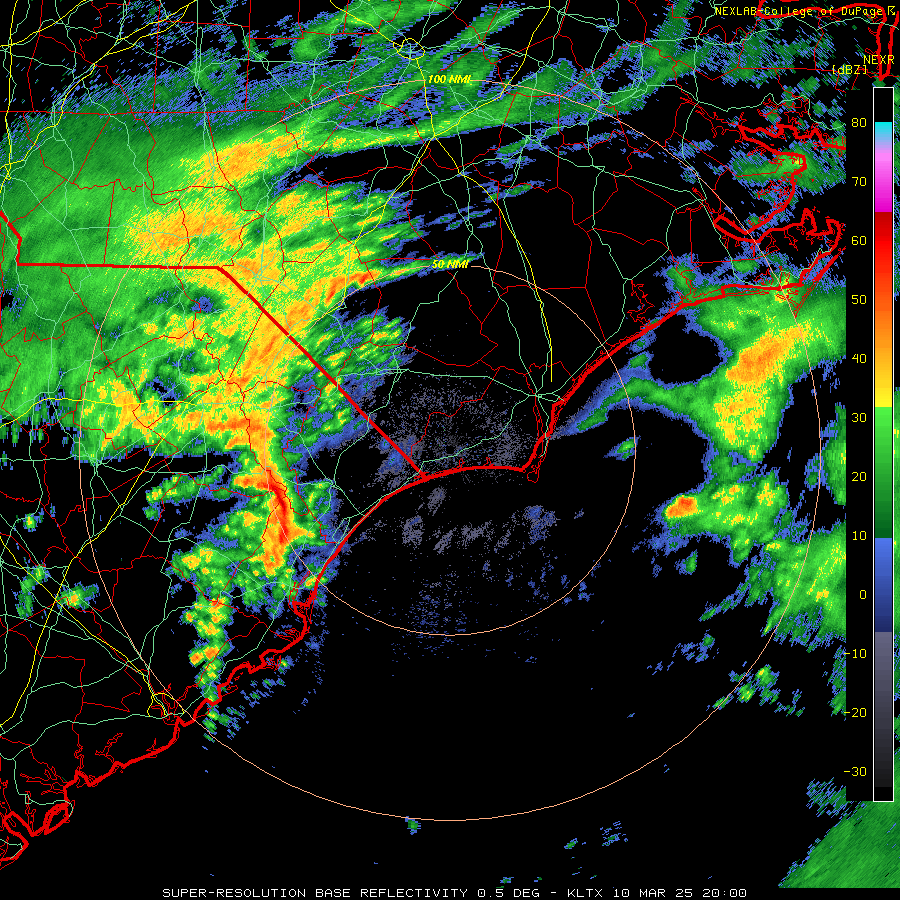
very dynamic banding today !! i wasn't sure if the power or network would stay on long enough to post this but so far it has.
-
-
i didn't realize that Mack hadn't posted for a few years now, i just knew that he moved to the midwest!! hopefully he is doing really well !!
Anyway this is a good time to honor him as an oldschool snow loving member of the SE forum!!


speaking of mackerel, holy mackerel this pattern really stands out in the imagery too!!
-
 3
3
-
-
-
-
Have you tried pressing CTRL and the '+' key while on this site ?? it is possible based on the proportions of a cat standing/walking and weight of paws that if they stood on the ' - ' key and one of the ctrl keys at the same time it would have zoomed out the resolution for amwx specificially!!
otherwise somewhere in your browser menu ( sometimes it's called ' view ' ) and there would be a zoom setting in there??
-
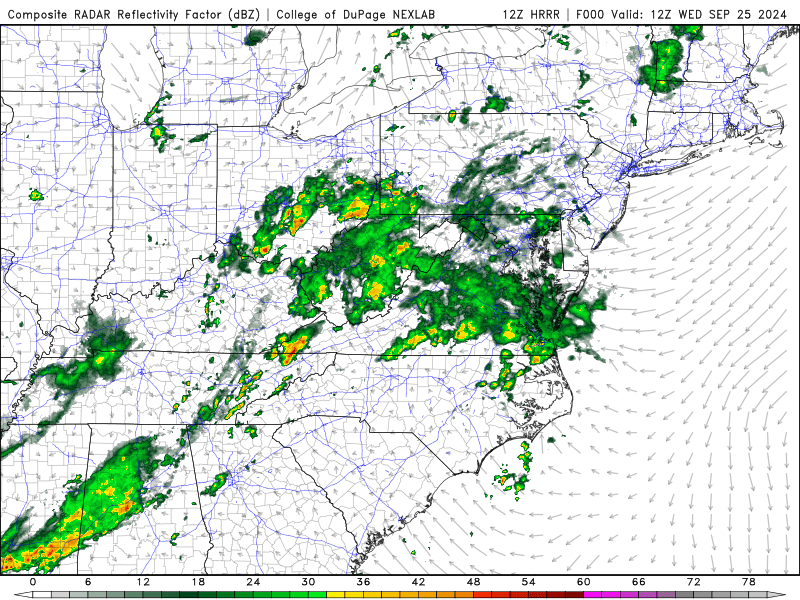
HRRR showing surprising trough interaction; whether it is just the computation or it will actually happen it seems good to post in here.
-
this would definitely not fit in other threads, but, HRRR is showing, a structure more similar to PTC 8 for the current situation. a lot of interaction with the trough to the north is visible. i feel like that itself is likely to happen but i'm not sure if the actual cyclonic structure will change. Debby and PTC 8 were really different structurally though. If it does merge with the trough and low system early it may become more of a southeaster as was PTC 8.
Spoiler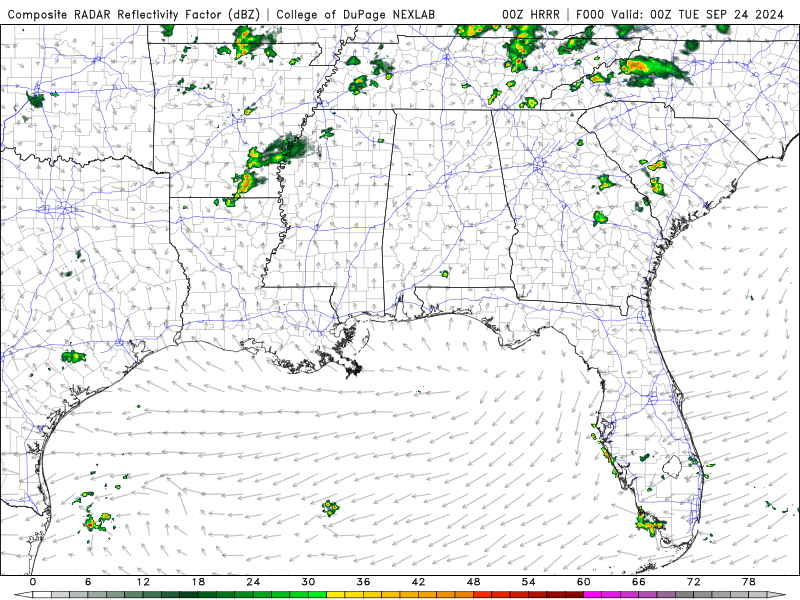 Spoiler
Spoiler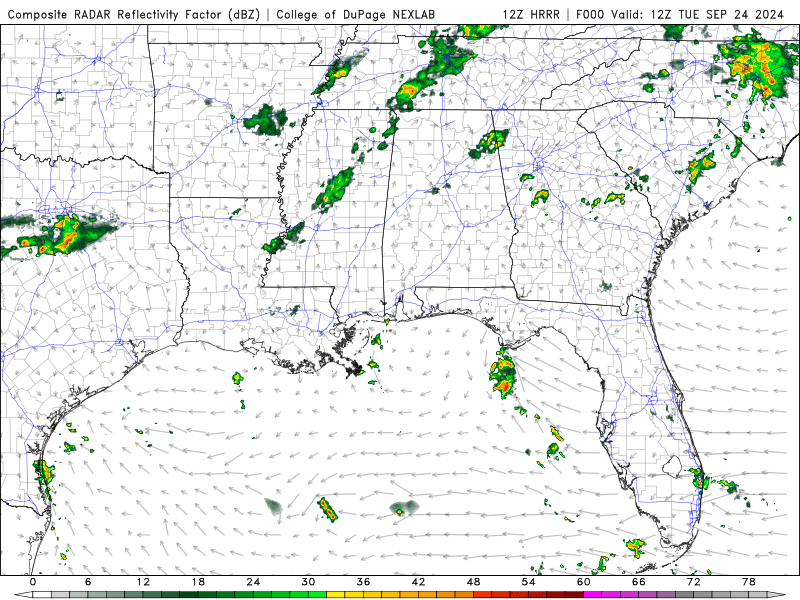
updated 9/24 , for banter's interest's sake. it is again indicating a structural transition.
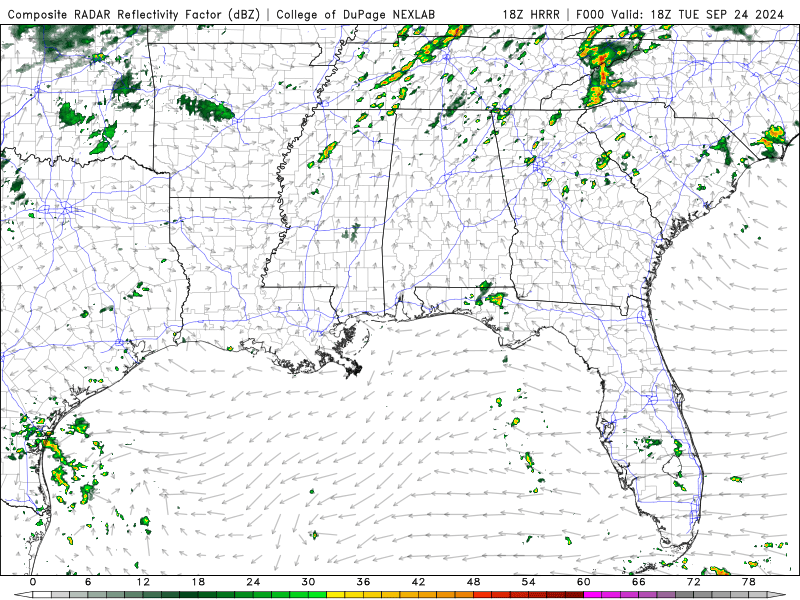
-
-
-
13 minutes ago, NorthHillsWx said:
This is just a nor Easter
Sort of but moreso in that it's a coastal storm than how it generated. This is a very good post from storm2k from yesterday,
QuoteNot sure if this is the correct thread or perhaps a topic in talkin' tropics but my question is on subtrop/trop development froming off stalled fronts. Mods please split if this is the wrong place for this question. Thought this would be fun to discuss since we are about to see what will happen to this system in real-time the next 48 hours. So my question:
What are the tell-tale signs via satillite or surface obs that subtrop/trop development in proximity or being attached to a front? (ie: is it when via satillite data in can be determined that the LLC formed and becomes detached from the front(s) and the motion of the LLC acts\moves independently from the motion of the front, or the LLC begins to become more vertically stacked with a MLC, or via a more general frontal analysis of available observations of surface and upper atmosphehic data to determine if the front and any potential/active circulations are acting independently so the process of subtrop/trop development can become the dominate forcing mechanism from convective development as oppose to the front being the forcing mechinism for cenvective development.
I understand that perhaps the answer is a combination of a few things, but without using model data how is this determined via only using surface obs/satillite data.
Last question: where is the product that shows the four charts that are used to determine cold vs warm core development?
first time caller long time listener. interested to see what recon finds later today with this system!
-subtropical storm enthuisist in the carolinas-
 1
1
-
-
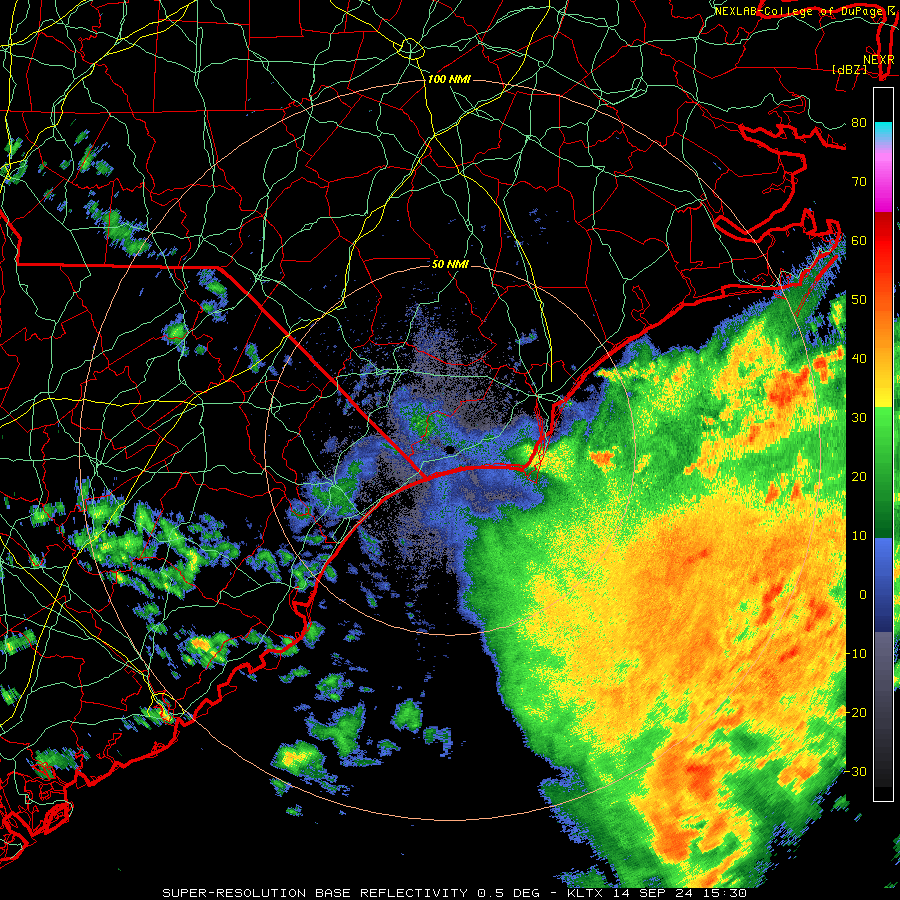
mid morning through to now !!
-
 1
1
-
-
.SHORT TERM /SUNDAY THROUGH TUESDAY/... Key messages: *Confidence in a low pressure system developing (potentially with a band of heavy rain and wind around at least part of the center) has increased somewhat. *Questions remain as to where this system may cross the coast. *Wherever this system tracks, heavy rainfall is likely mainly near and north through east of the center (with peak amounts in the 2-5 inch range possible) and much lighter rain expected on its western and southern sides. Discussion: [...] Meanwhile, surface low pressure is expected to develop and gradually deepen along a stalled front well offshore on Sunday and Sunday night while being steered by a combination of high pressure to its north, a coastal trough extending north of the surface low, and a broad and weak mid-level low over the Deep South. These steering factors continue to yield considerable uncertainty in the forecast timing and track of this low, which results in a range of differences in the location of impacts between Monday and Tuesday. Although the latest guidance suite is coming into somewhat better agreement than we have seen over the last few days that a low pressure system will develop and track towards the coast, considerable differences remain in where the rain associated with this system will fall. In short, wherever this low happens to cross the coast, heavy rainfall peaking in the 2-5 inch range will be possible generally on the northeastern side of the low with lesser amounts to its west and south. Therefore, if the low tracks more north towards Cape Lookout or Cape Hatteras, then most or all of the area should see little rainfall. NHC has raised the probability of this system acquiring tropical characteristics to 50% within the next few days before it potentially reaches the coast. Thus, while gusty winds are expected generally to the north of the low due to high pressure over New England causing a tightened pressure gradient, a band of enhanced wind and rain near the center of the low may develop as well.
-
-
i was surprised that long range HRRR was uniquely accurate for both Ian (2022) and Debby this year and i have seen people saying over the years that it often can have some functional purpose alongside the ensembles. i will take your advice nonetheless!!


-
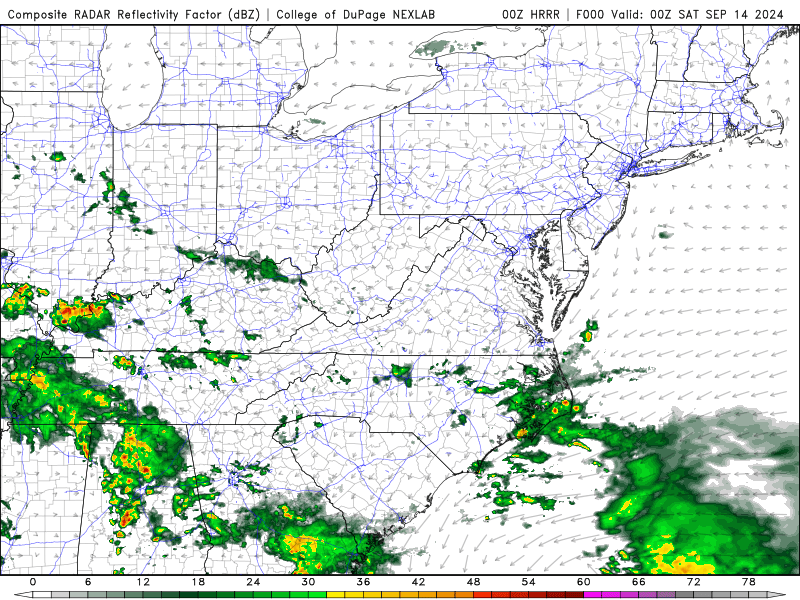
Yes , here it is in terms of radar. 18z was of course somewhat different in terms of timing and area.
-
 1
1
-
-
HRRR was accurate with, even the unusual shape and timing of Debby this year and some of the other Mid Atlantic development in earlier years. That does not mean it is accurate this time but so far it looks like whatever this is.
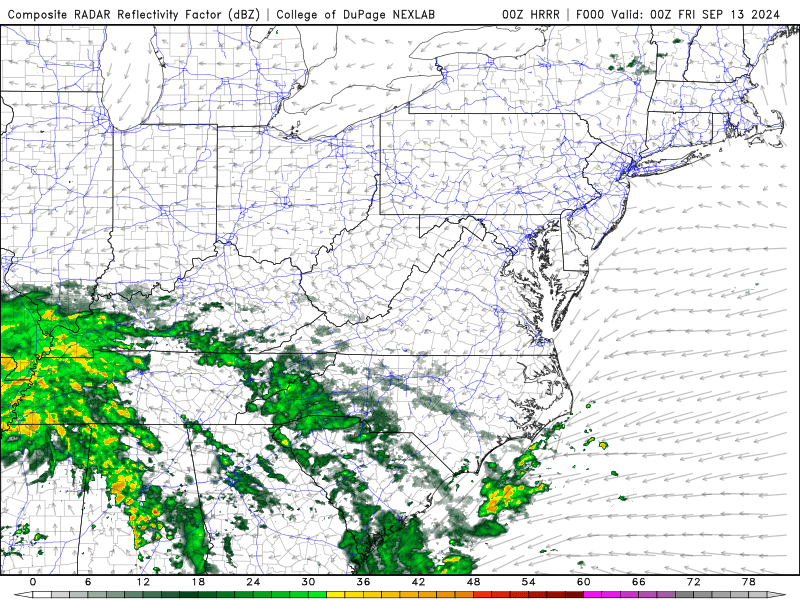
-
 1
1
-
-
3 minutes ago, olafminesaw said:
Yeah I mean think of the most extreme example, Harvey. Obviously a totally different situation, but most of the extreme rainfall fell after if dropped to a weak TS/TD. I remember reading somewhere that the majority of fresh water flooding from TCs comes from TSs and TDs
Yes; it's somewhat similar to this too
-

Ok!! good news @Stormchaserchuck1 it does work, but, not via the 'img' code. It does work via the Other Media menu at the lower right corner of the new post module


-
 1
1
-
-
-
I think that freeimage host or img bb will work for you !! Upload there and then in the new post area click on "other media" and paste the address once you click "insert image from URL".
i think with both sites you have to click on your uploaded image to link to the full size image.
-
 1
1
-
-
Yes, eventually i learned that contrails are more likely to become persistent in between weather systems and there are various interstitial areas between systems that cover a lot of area.
This is part of what causes humans to say that it's chemtrails, because the likelihood of persistents has increased, and they do often look unusual and due to variations/differences in condensation nuclei for a variety of reasons, the cloud matter often has the appearance of the sun's brightness instead of stopping the progression of the sunlight.
~~
Regarding the Atmospheric Effects of Aviation Project, i do think it's important on some level, not likely exceeding this thread's existence, to consider that supersonic civilian aircraft were a real consideration back then (mid to late 1990s). Supersonic civilian transport aircraft are possibly returning at some point in the 2030s. What types of contrails and thus also cloud formations might result from their return?? As far as teleconnections, due to their higher altitude, would the effects be neutral or distinct??
It isn't something that i find to be of concern, but, it seems like it would be something that would be noticable whether it is addressed in any official press releases preceding the return of supersonic air travel.
NASA Goddard was studying the climatological effects of supersonic planes' contrails at the full level of their collective knowledge back then, indicating that it would not be an insignificant potential in the future as well.



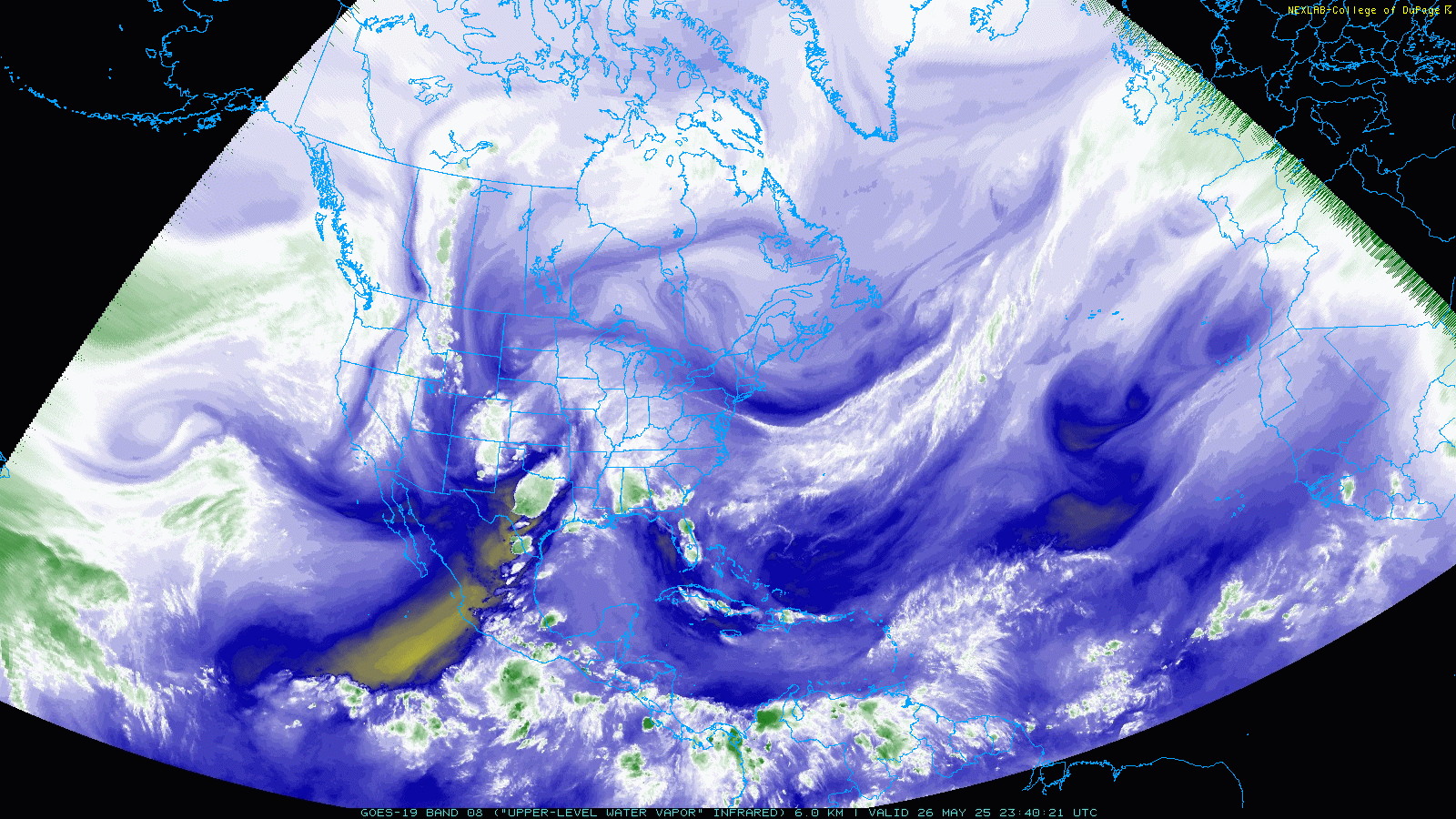
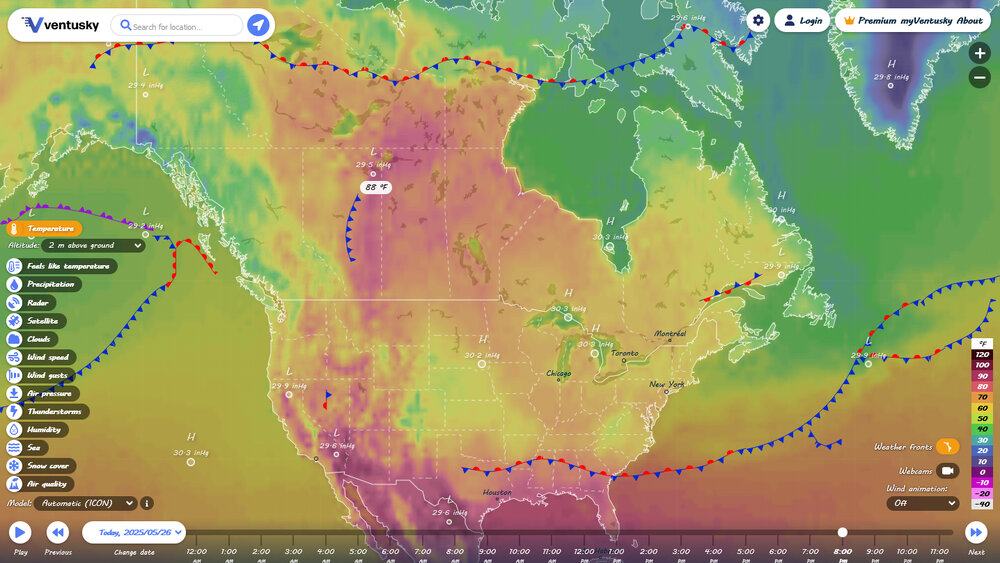
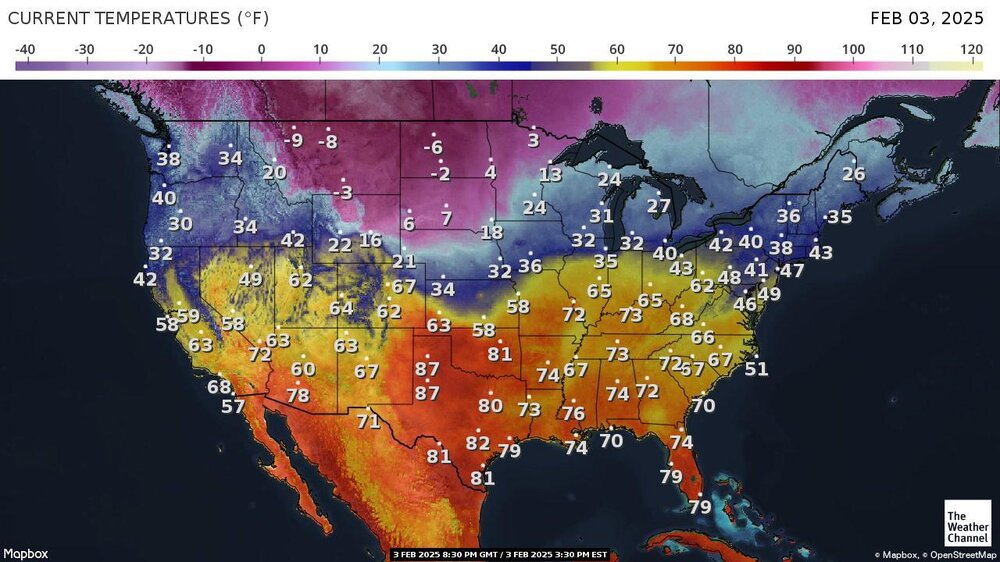
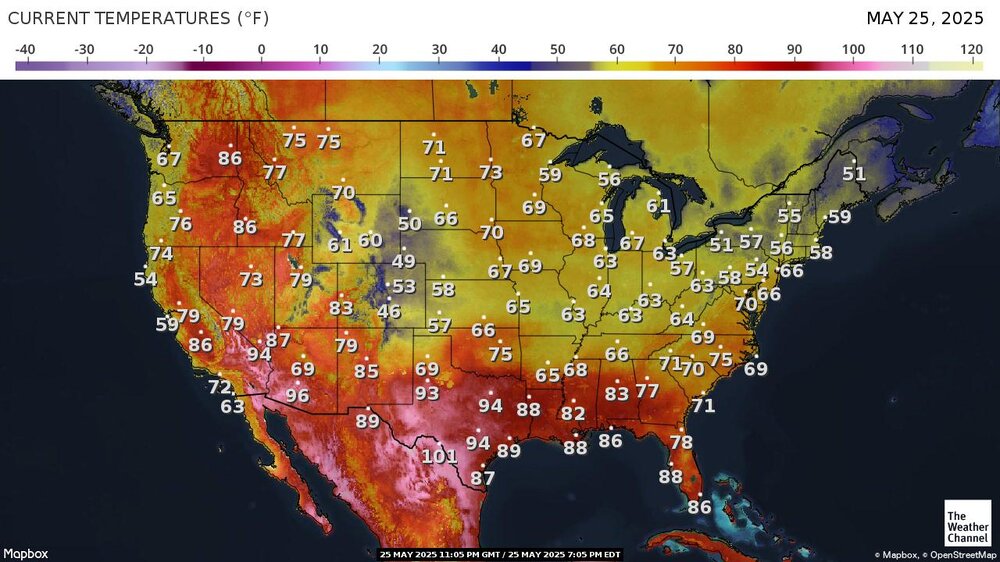
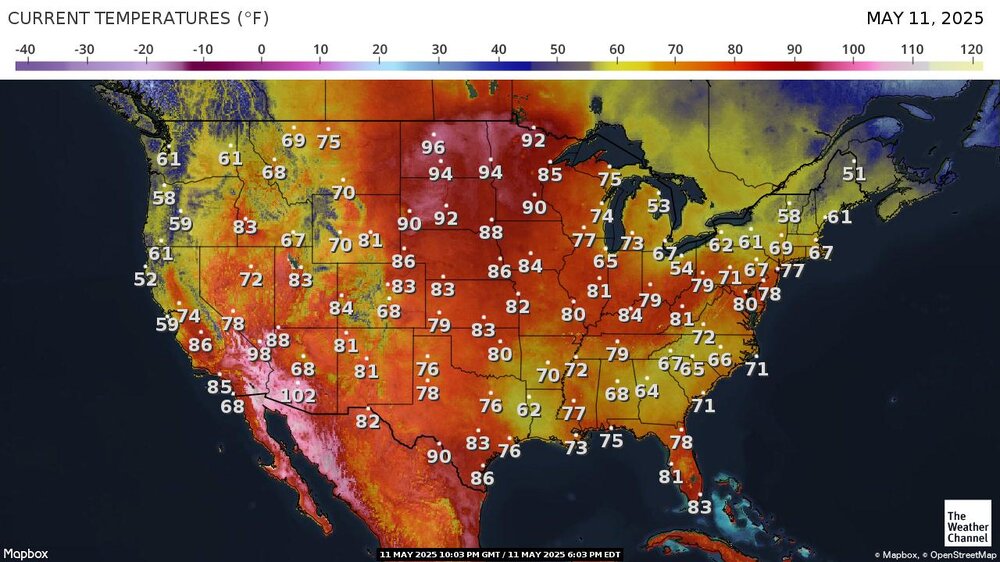
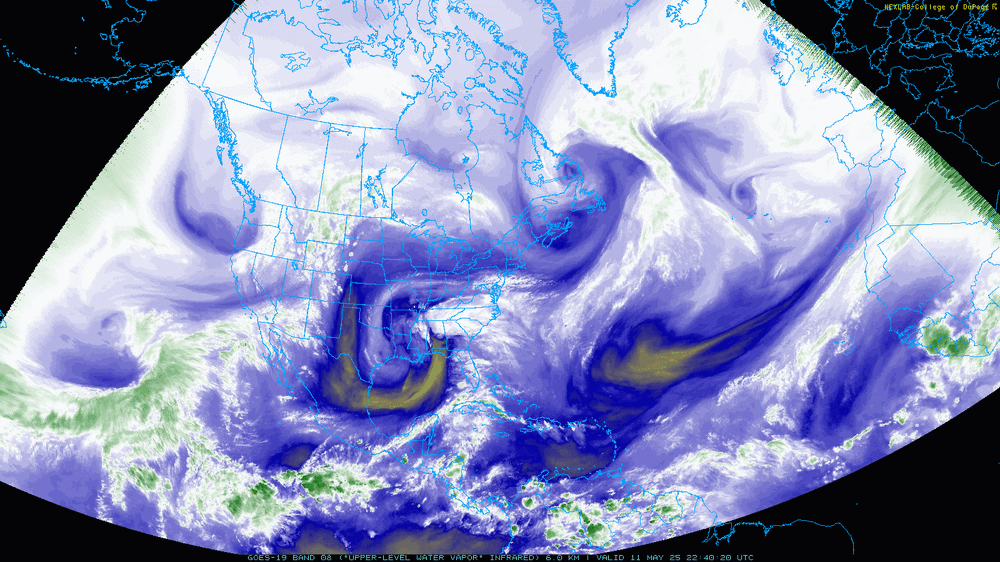
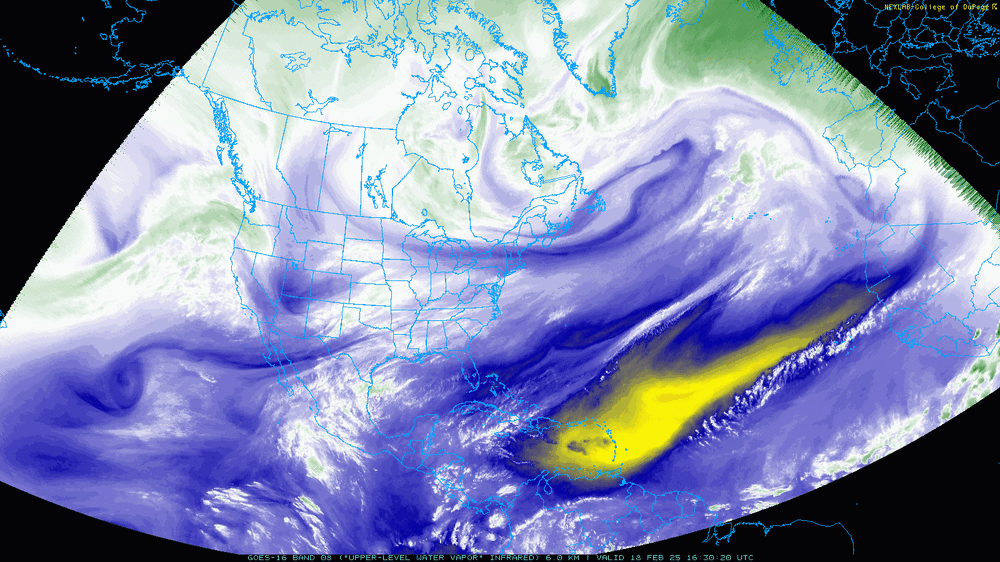
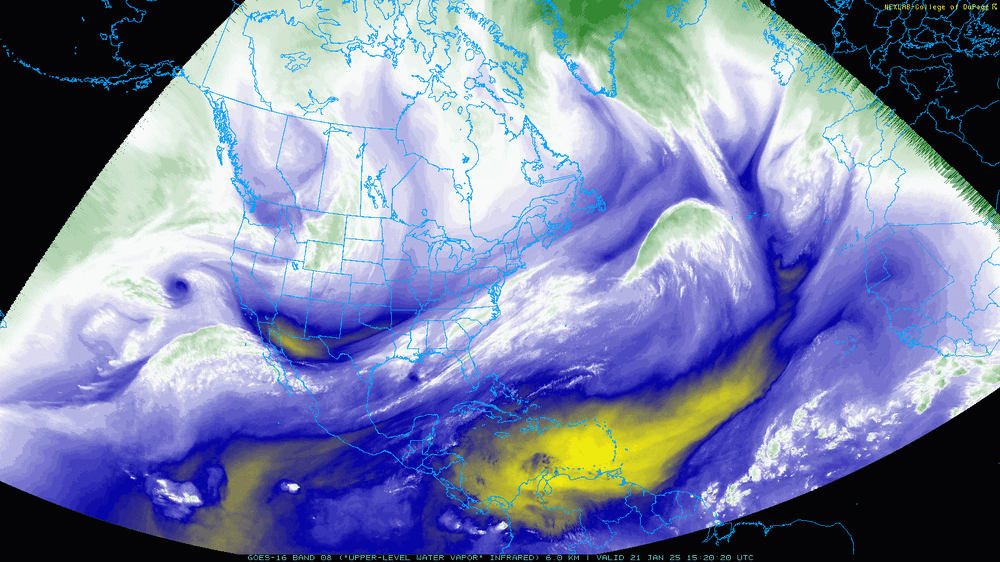
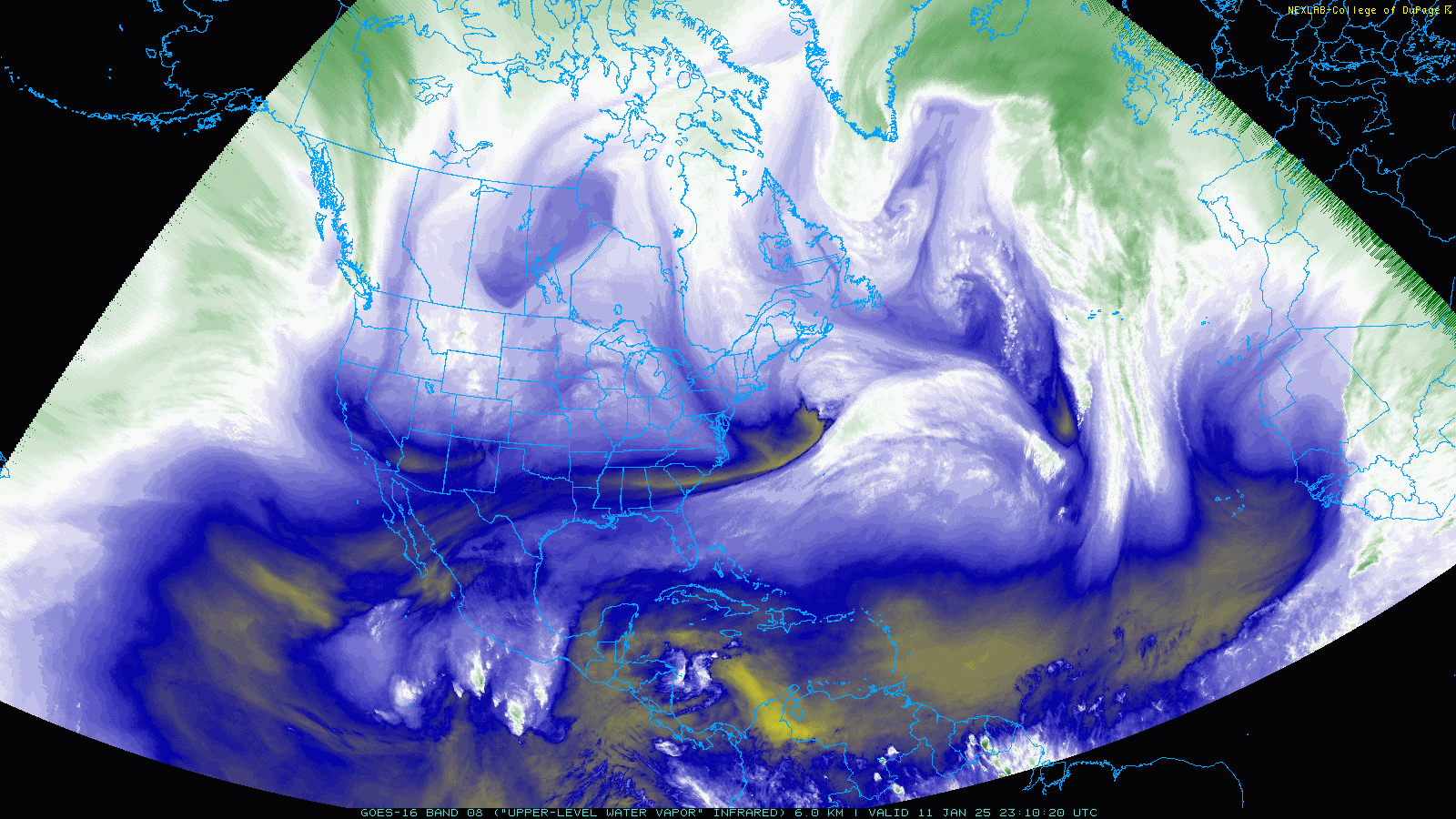
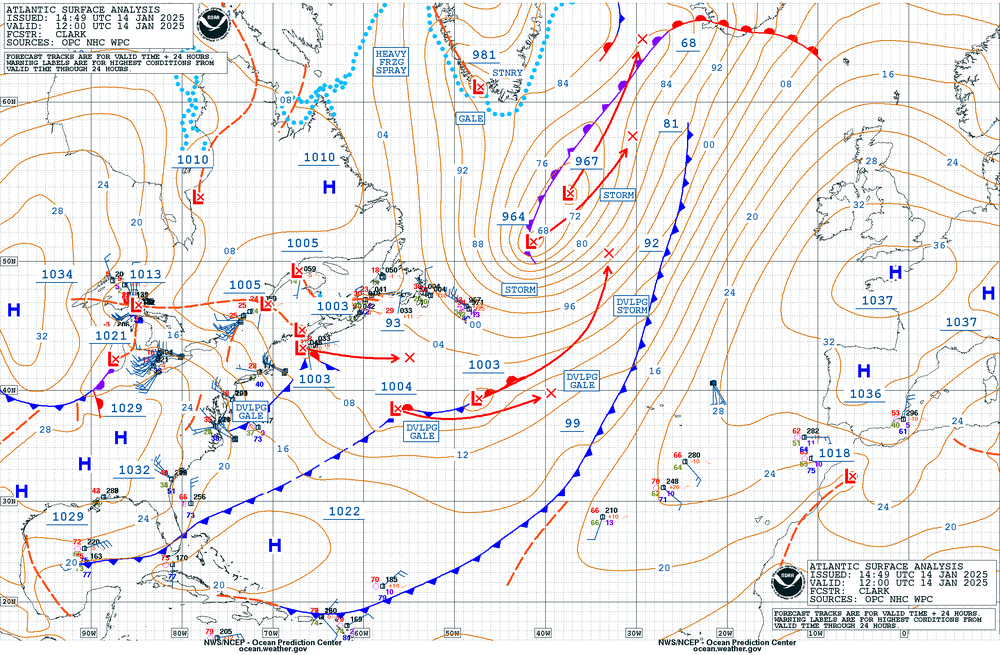
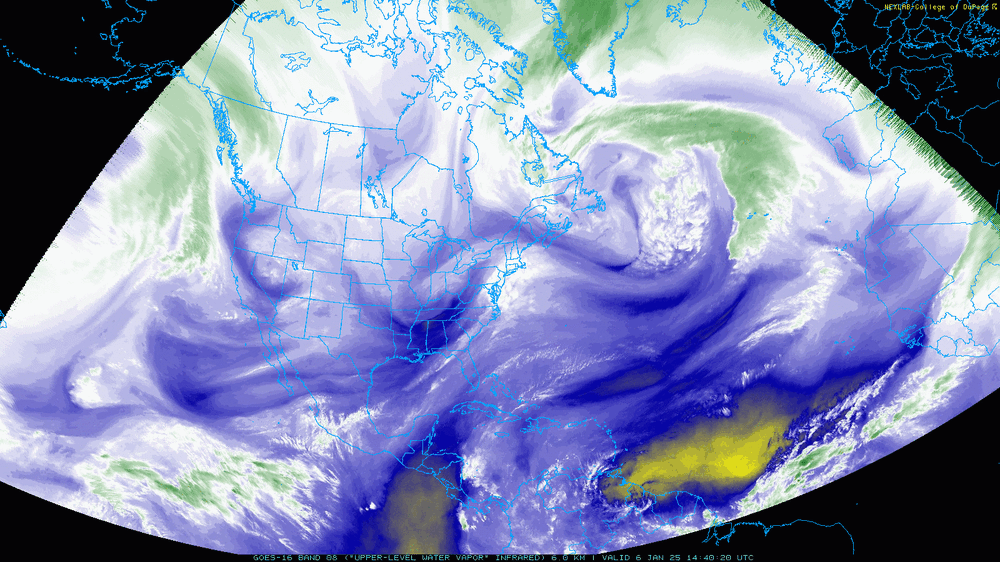

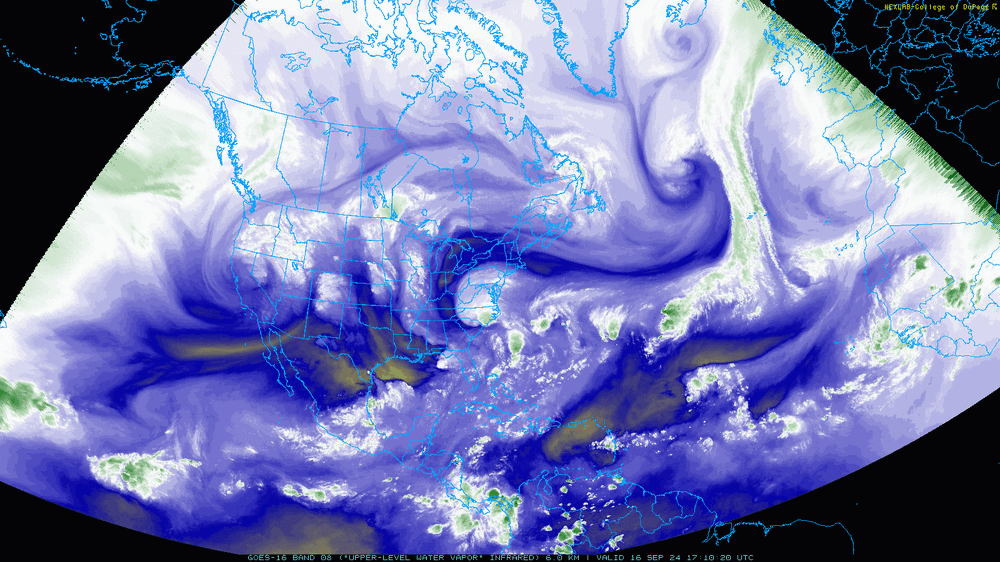

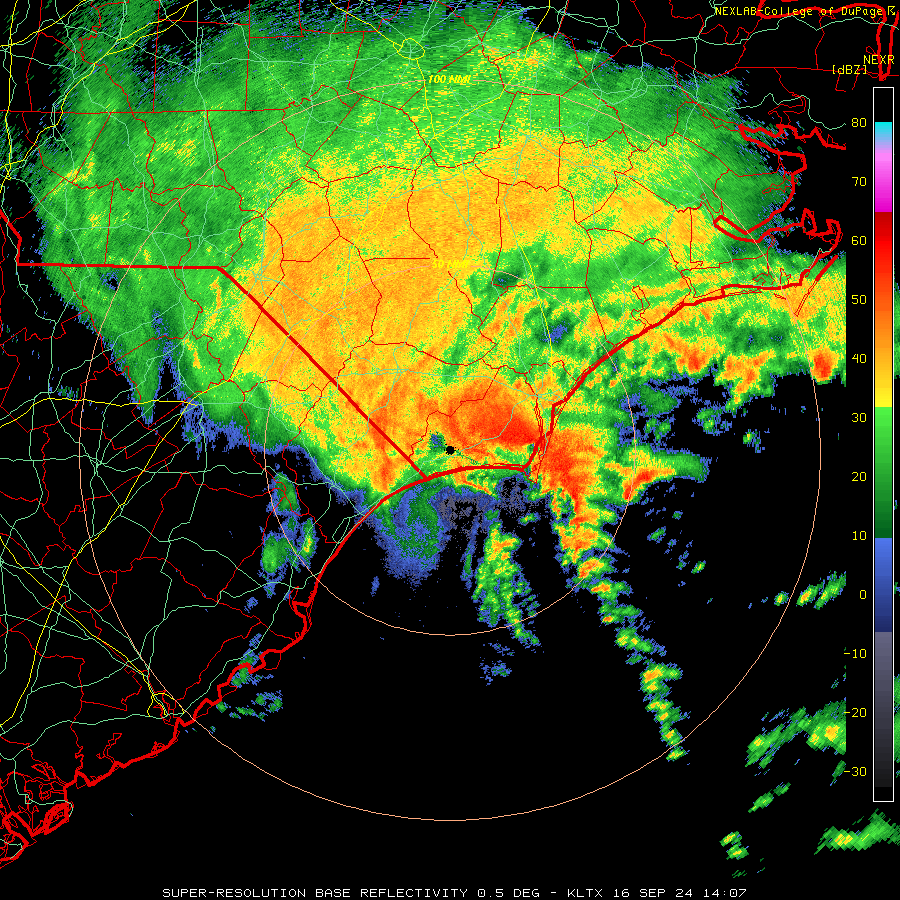
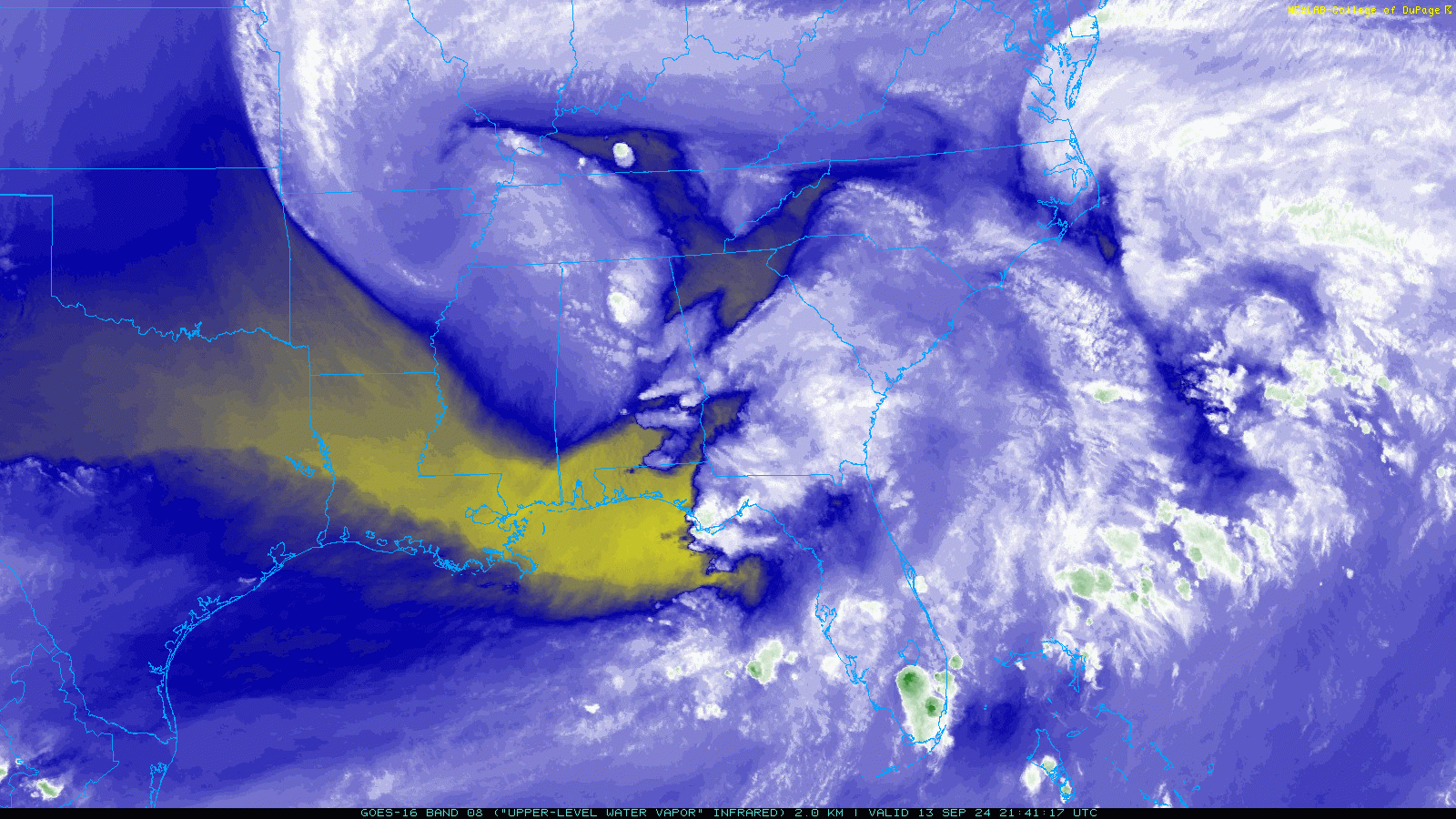

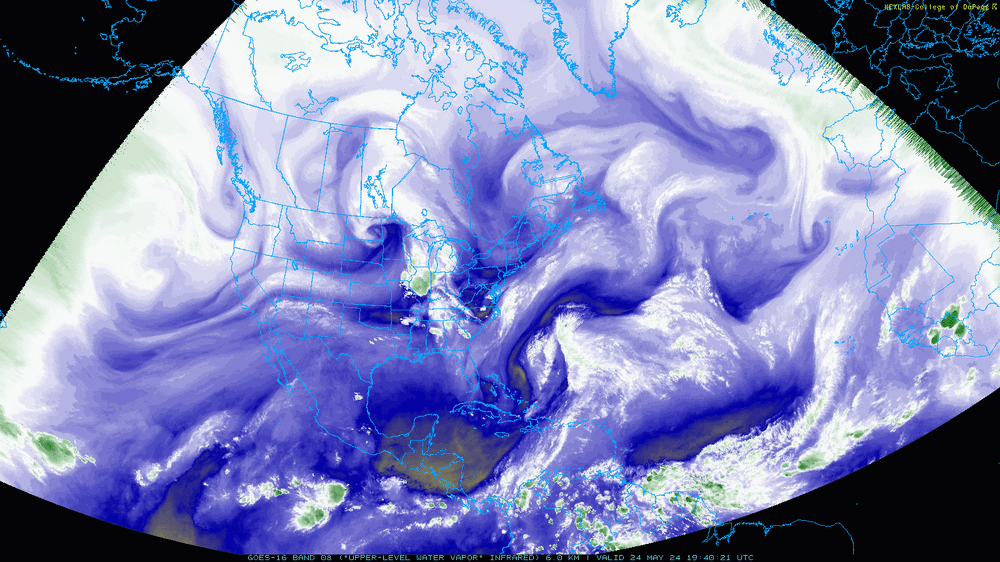
June 2025 obs
in Southeastern States
Posted
most of today's radar !!